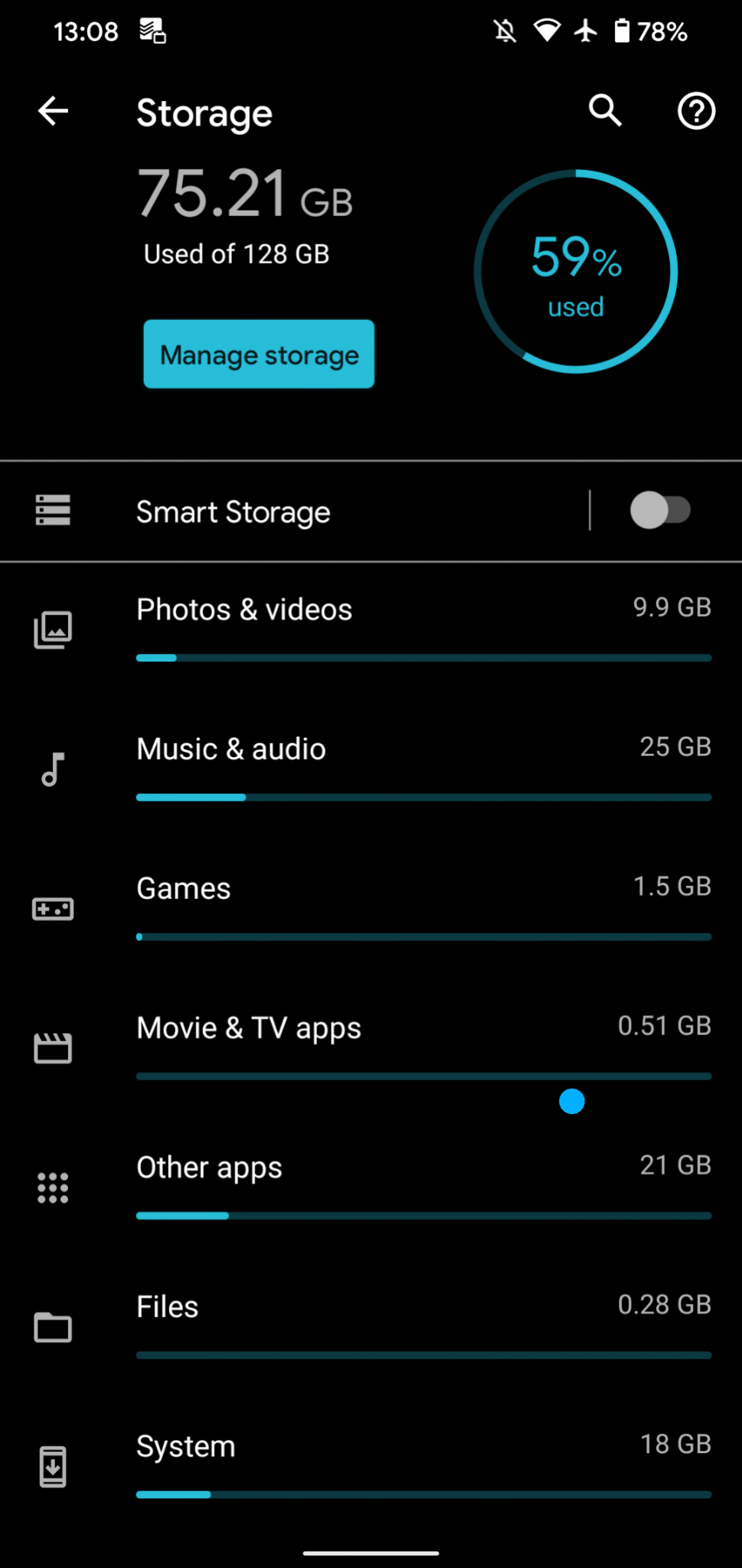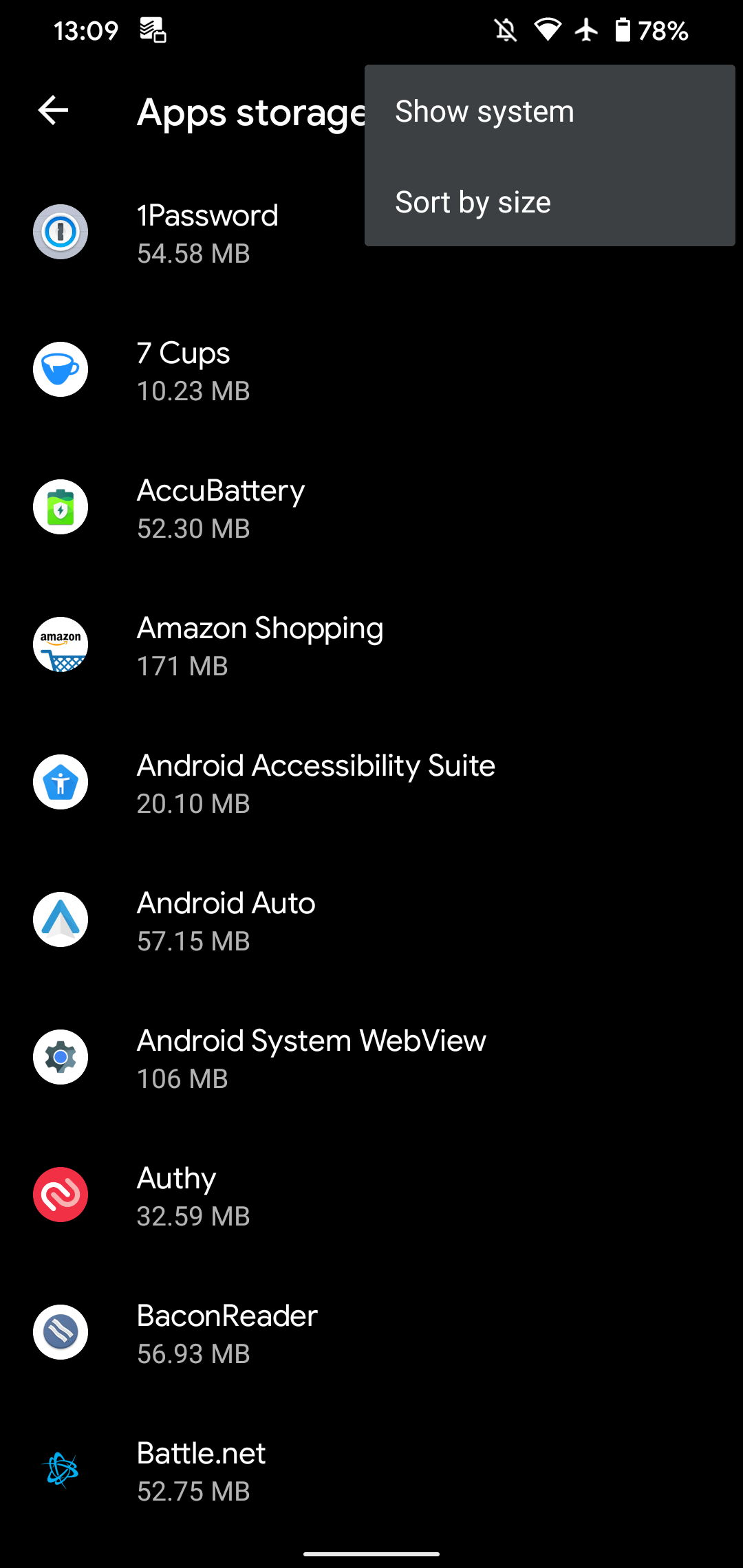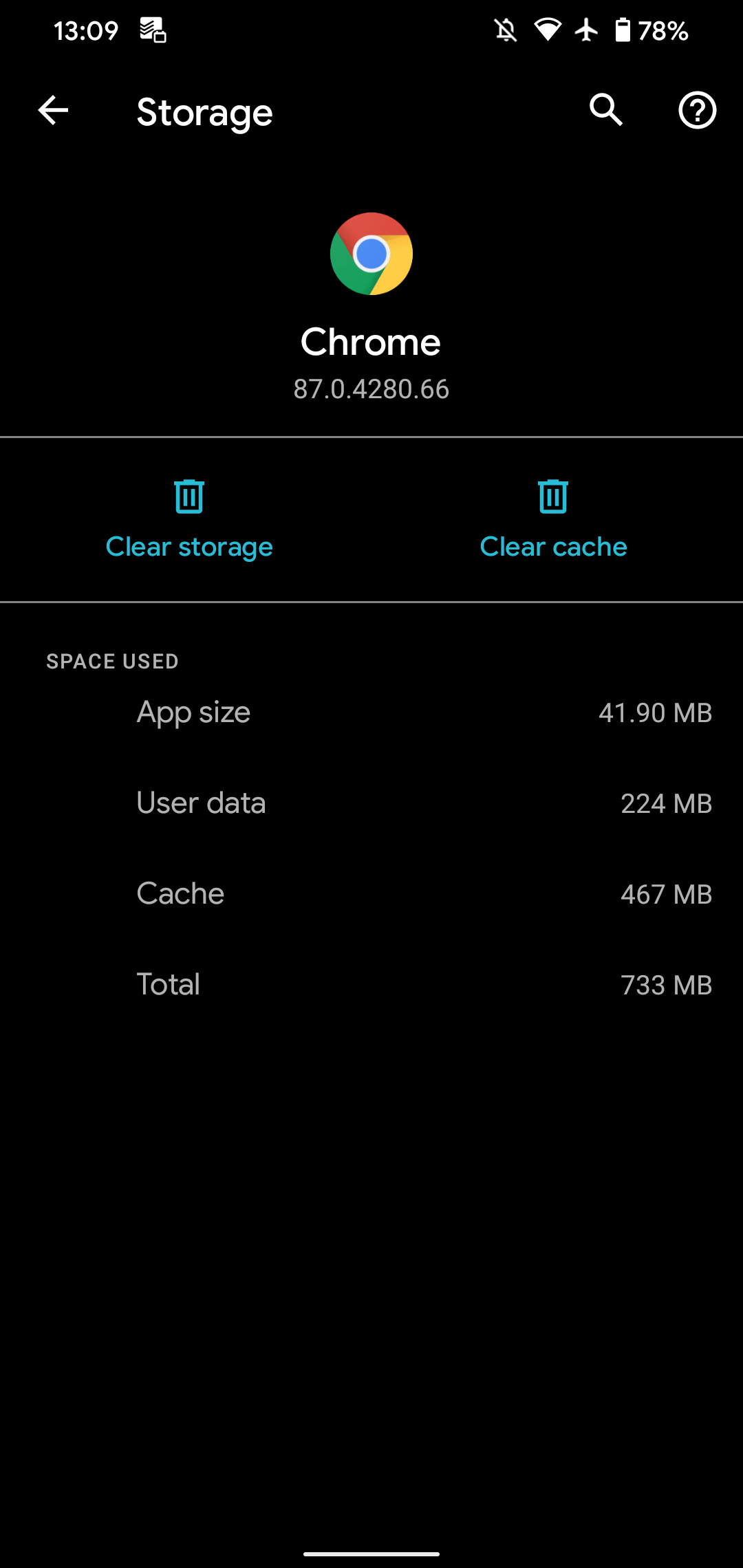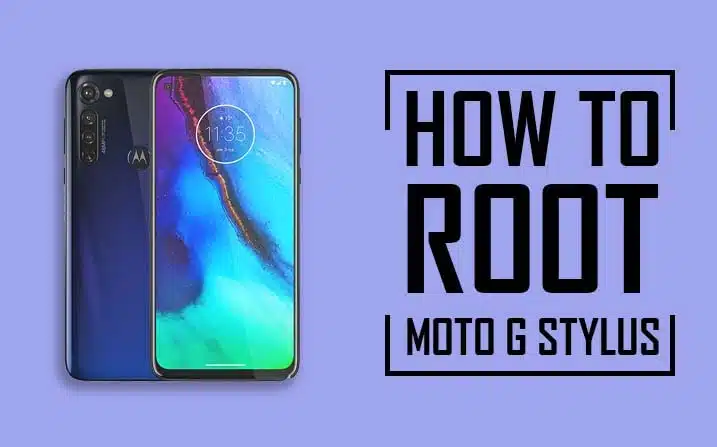What are temporary app files? On Android, how do you Clear Cache? When exactly should you do it? Here is all the information you require.
The restricted storage on your Android phone might get full very quickly. The stored data that applications frequently generate in order to function at their best is one reason of this that is simple to ignore.
The term “cache” refers to these temporary data files; cache files may occupy a sizable portion of the storage space on your Android device. Let’s look at temporary app files and how to clear the cache on an Android device.
What Is Cache Data?
When you start an app, your phone rapidly recalls related information using the temporary data kept in cache files. For instance, Spotify may cache the playlists you use the most frequently so that it doesn’t have to load the whole song list each time you access one of them. A huge image on a website that you frequently visit could cache by Google Chrome so that it won’t have to download it each time you access the page.
A cache file is solely beneficial to the software with which it is connected; for instance, Spotify doesn’t need Instagram’s cache. When an app thinks the temporary data it has saved is no longer necessary, it frequently deletes the cache files that go with it. Cache files are using by websites, applications, and games to improve user experience.
Cache is a feature of desktop browsers and other apps in addition to being use by your Android phone. Without caching, each time you viewed photos and other items, your device would have to refresh them, which is wasteful.
How to Clear the Cache on Android Devices
On more recent Android versions, you have to remove the cache files for every app separately. Keep in mind that clearing your device’s entire cache is rarely necessary. In most situations, a few troublesome programs’ caches can fix storage or performance concerns.
To remove cached data for an Android app, follow these instructions. These instructions were written on stock Android 12; hence, your device may differ somewhat in appearance or menu titles.
- Select Storage from the Settings menu.
- Tap the Apps entry in the list that appears (Other Apps on Android 11 and earlier). You’ll direct to a list of all the apps you have on your phone after clicking this.
- The program whose cache you wish to remove should be chosen. Select Sort by size from the three-dot menu in the top-right corner to discover which apps are using up the most space. Chrome will use as an example.
- Tap the Clear Cache button on the app’s information page.




On an Android phone, that is all it takes to remove the cache files for any app. Remember that if you choose Clear Storage, the app’s data will be deleted. In essence, this starts everything again from scratch, as if you had just downloaded it from the Play Store. If the app is acting really improperly, only do this.
You could erase all cached files at once in older versions of Android by navigating to Settings > Storage > Cached Data. When you get the choice to erase all cache files, just touch OK. Unfortunately, you have to repeat the steps above to clean cache for numerous apps on recent versions of Android because there is no built-in feature to do so.
What Happens After Clearing Android Cache?
You’ll get back some storage space after clearing cached data, and the program will function normally. However, some components (like those stated above) may load more slowly the next time you use the program since you deleted the data needed for optimal performance.
If you clean your cache, you could find that it finally returns. This is typical; based on your use, applications will gradually build their cache once more. Cache is helpful, thus you shouldn’t be concerned if an app accumulates cached files.
It shouldn’t lock you out of applications or result in any other significant changes when you clear cache. Data such as game progress, browser bookmarks, and the like will not loss. See our comprehensive guide on erasing cache and data on Android if you’d want to follow a more complete removal procedure.
Benefits of Clearing Cache on Android
Although cache files are crucial, you usually shouldn’t interfere with them. However, there are situations when manually deleting cache files from an Android phone is beneficial.
The following are some uses for emptying the cache on Android:
- You may temporarily reduce the amount of storage on your phone by deleting the cache. However, this is only a temporary solution since as you use apps, fresh cache files are constantly being produced. It’s probably time to switch to a new phone if your smartphone has run out of space to the point where you frequently need to clear the cache.
- Old cache files may occasionally get corrupted. Applications may have performance issues as a result. These problems can resolve by deleting corrupt cache files.
- Theoretically, outdated cache files might be a security and privacy risk. Your browser’s cached copies of websites can have sensitive data on them. These files might be used by an unauthorized individual to gather personal information if they were to gain access to them.
- Clearing the cache can make a browser or other program get the most recent version of a page if it is refusing to do so.
Should You Clear Cache Regularly?
You could believe that you should manually delete the cache on a regular basis now that you are aware of the advantages of doing so. However, this is truly ineffective. Keep in mind that cached files are important for accelerating access to stuff you use frequently.
Because of this, regularly manually deleting outdated cache files is not a good idea. A built-in method for deleting unnecessary files already exists in Android, and it often works as intended. The following situations call for manually removing cache files:
- The cache files of an app are damage, which leads to the program acting strangely.
- To preserve your privacy, you want to remove any files that include personal information.
- Your phone’s storage is filling up, but you don’t want to erase your films, photos, or applications. Keep in mind that this is only a temporary fix; ultimately, you’ll need to find other ways to free up Android storage.
Should I Use Android Cleaner Apps?
The Play Store is plenty with applications that promise to rapidly and securely delete cache files, unneeded images, and movies from your phone. These applications, although occasionally offering a valuable function, are typically not worthwhile to use for the following reasons:
- They frequently make untrue assertions, such as that deleting cache files can significantly speed up your phone.
- The apps increase the amount of storage space on your phone and can even impede operation by running continuously in the background.
- They frequently feature intrusive adverts and in-app purchases.

If you choose to utilize Android cleanup applications, exercise caution. If at all possible, stay away from them. The majority of Android phones already include some sort of smart storage that deletes outdated files, negating the need for third-party apps.
Find out what actually works and what is a scam by reading our guide on speeding up Android.
Clearing Cache on Android Quickly and Easily
When debugging app difficulties, clearing unnecessary cache files on Android is a good approach to temporarily free up space. However, you shouldn’t do so frequently or with shady third-party programs. When a certain tool is in need to ensure device functioning, only use it.
There is still a great deal to learn about Android’s inner workings, which will be helpful for resolving other typical Android issues.
Frequently Asked Questions
1. Can I remove a particular Chrome cache?
Here’s how to delete one web page from your browser’s cache: Go to Chrome Developer Tools and open the URL you wish to delete the cache for. On a Mac, that is CMD+Option+I; on Windows, Linux, and Chromebooks, it is CTRL+Shift+I or F12. You’re finished when you select Hard Reload and Empty Cache from the list of choices.
2. What happens when you clear cached data?
Following cache and cookie clearing: On websites, can remove certain settings. You will have to sign in again. for instance, if you were already logged in. If you enable sync in Chrome, you’ll need to continue using the same Google Account to erase your data from all of your devices. We think that the answer you expected is there.
Read More:


